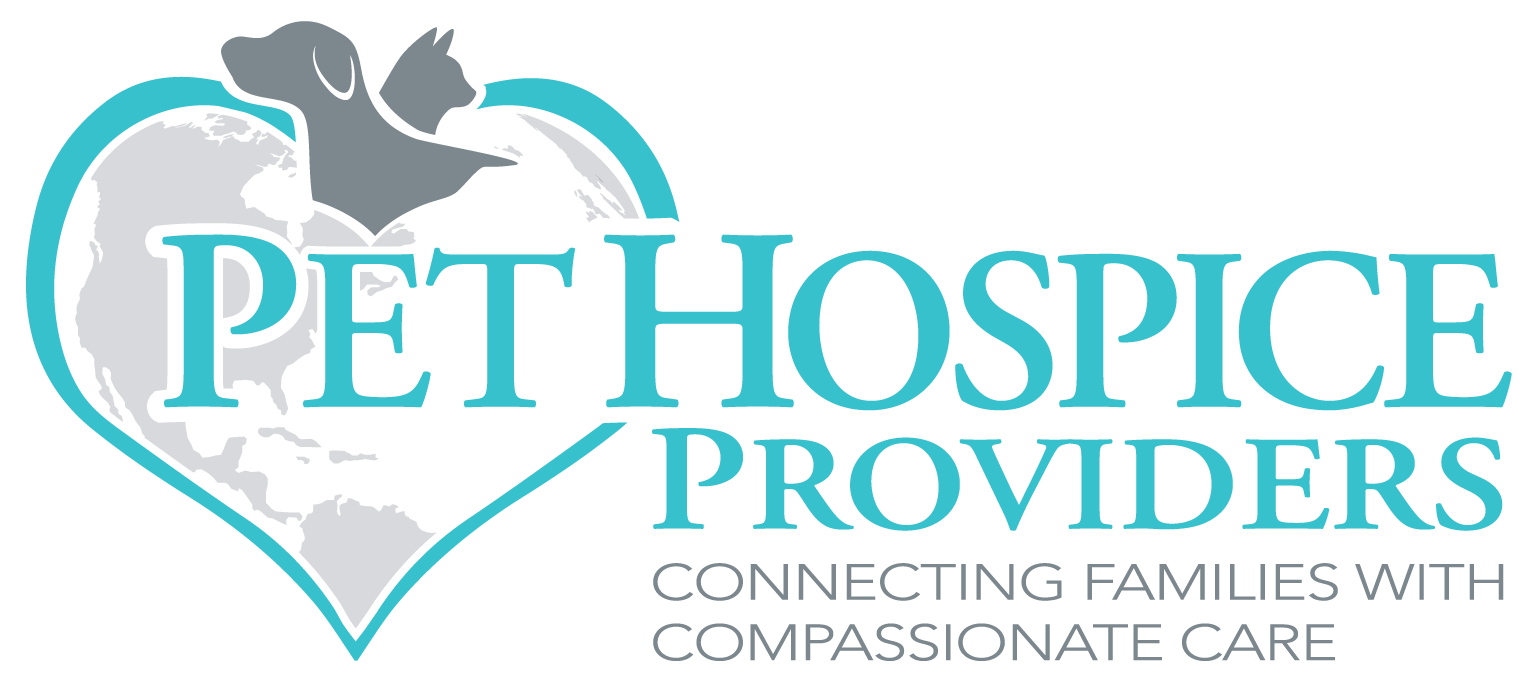How do pets view death and dying?
My sister, Mary, lost her beloved cat today.
It was a very difficult day to say the least. “Nip”, her elderly cat, had been diagnosed with cancer a few months ago as was in cat hospice care, focused on comfort care to maximize her quality of life. Nip had done so well for so long but was noticeably missing from Mary’s bed last night.
When Mary awoke in the morning, Nip was not herself:
Not interested in eating or drinking
Lethargic
Quiet
Not engaged
Breathing was slow
As the hours went on, Nip began to vocalize as she would move, but the vocalizations were not her typical tender meows- they were harsh and associated with movement. The frequency of her movements and vocalizations increased, and it was clear that Nip was restless and uncomfortable.
Struggling with knowing it was time to help precious Nippers cross over and yet feeling the heart ache that goes along with having to make the decision for any living creature, Mary made the call to a house call veterinarian specializing in end of life care services.
Wrestling with the decision to euthanasize:
“I don’t want Nip to feel like I’m giving up on her and “killing her” by helping her pass on.” ~Mary
End of life care veterinarian Dr. Shana, examined Nip and informed Mary that Nippers was dying, this gave Mary peace about the how to best help Nip and took away any ambiguity about what was going on. Sadly, Nippers would not rebound anymore. In talking with her veterinarian, gentle euthanasia was the most compassionate way to help Nipper at this moment, as she was in pain.
As a hospice and end of like care veterinarian, I have many similar discussions with families. It is only natural to hang onto the hope that our pets may recover despite how dire things are. It is difficult to imagine our earthly time without their physical presence. I personally find it helpful to remind pet parents that their pet doesn’t have anything missing on their bucket list- except perhaps spending more time with you, their family.
How Pets View Death and Passing On:
Dr. Julie Reck, author of Facing Farewell, shared some insight.
"As a culture we are guilty of interacting and caring for our animals in an anthropomorphic manner. We (including myself at times), often view our pets as our children providing them with toys, play dates, and even clothes. In my experience as a veterinarian, a reasonable attachment and association of human-like qualities on our animals is generally harmless and can encourage compassion toward the animal kingdom. While attaching human characteristics to our pets can strengthen our human-animal bond, it is critically important to not impose our human perspective and fears associated with death on our beloved animals.
… All creatures have a day of birth and a day of death. Humans uniquely perceive a straight timeline between birth and death and strive for the timeline to be as long as possible. From early childhood we are instilled with the need to achieve goals and life accomplishments. We seek education, career, adventure, and the formation of our own family. Our species has had a long fascination with retaining youth and seeking immortality. Throughout our lives we can always find something to live for: weddings, births, or unachieved ambitions.
“We fear the concept that the world will continue to function without us. These perceptions and apprehensions are uniquely human and are not shared by our animal companions.” — Julie Reck, author of Facing Farewell
Like us animals are given a day of birth and a day of death, but unlike us their lifespan is not linear but circular. Initially they are young, then they mature, and with time they age. Pets do not fear any stages of life and receive the onset of a grey muzzle and stiff joints with grace.
“My experience as a veterinarian has provided me with the wisdom that animals do not fear death, but they do fear pain.”
I really absorbed this concept a few months after beginning Home Farewell, my mobile home euthanasia veterinary practice. During the process of scheduling a home euthanasia pet owners frequently ask if they should restrict the other household animals from the euthanasia area. In the beginning, I did not have solid advice but often encouraged owners to allow the other pets to have access to the euthanasia area so long as they did not upset the patient or disturb the process. The other pets rarely were disruptive and their response to the situation and the loss of their housemate was often astounding. In almost all instances the other household animals acknowledge the deceased. They do not seem to be fearful of the situation and express an understanding of the housemate’s passing.”
The Euthanasia Process: Helping Nip Pass On
Nip passed on peacefully, she didn’t even notice the sedative & pain reliever that was given first. She quickly passed on with the second medication, an anesthetic. Mary was relieved that she was calm throughout the process & pain free.
After Mary she described how surreal everything felt:
“Just 24 hours ago, Nip seemed to be herself. So quickly everything changed. I can hardly believe that she isn’t just sleeping when I look at her. Nip has been my constant companion through it all- through times good times and hard times when I didn’t think I was enough. She always was there, her love was unconditional.”
Pet are amazing creatures and friends. They are all individual and come into our lives for a reason. Hopefully Nip is running free right now, chasing celestial butterflies under Heavenly skies!
Special thanks to Dr. Julie Reck for contributing to this article.
Dr. Reck is author of Facing Farewell



